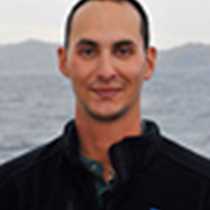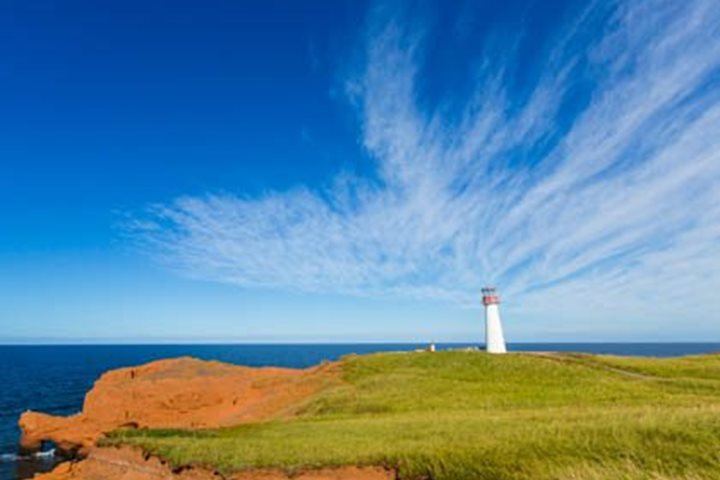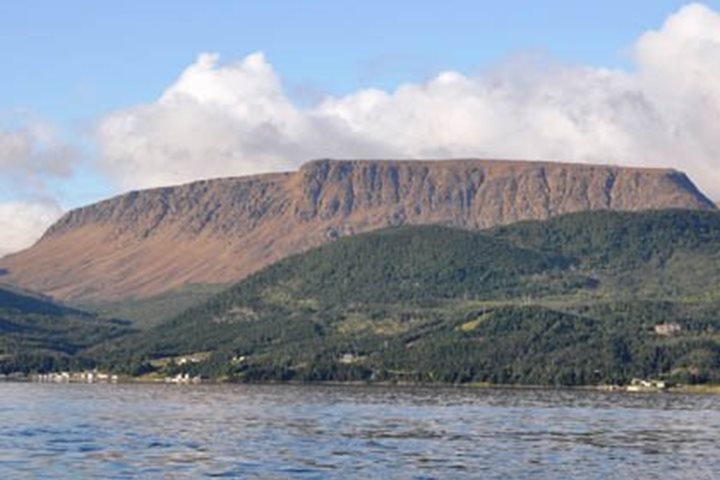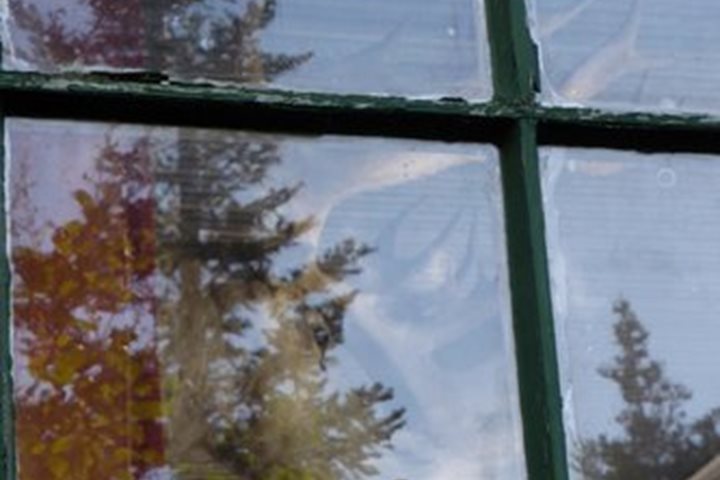An unavoidable facet of exploring by ship is the need to maintain and to fuel the vessel. For as long as humans have been venturing far from home by boat, the logistics of keeping a vessel in ‘ship shape’ is as important as finding food and staying healthy. With a track that leads through sparsely populated areas and often ice-clogged ports, attaining fuel for National Geographic Explorer can be a tricky process. Luckily for us, in this region of the Canadian Arctic, it’s possible to get fuel while still underway at sea. For much of the day, we were tied to the Danish refueling vessel Oratank receiving the fuel necessary to complete the final leg of our grand journey. Yet, the red tanker off our bow wasn’t our only companion.
Many of us stared off into the fog, endless rows of waves pulling us into a meditative trance as we slipped into the infinity of thoughts. As some nodded off, photographers prolonged the watch, waiting patiently for thick-billed murres to break from the veil of mist. Black-winged tormentors skirting the edge of visibility, their rapid flight making for difficult captures. Our photographic endeavor was clearly fruitless. Somewhere beyond the grey, a cacophony of kittywakes; a feathered ridicule swarm taunting us with promises of feeding frenzies and wildlife gone wild.
Our symbiotic rendezvous now complete, the polymeric umbilical was ‘cut.’ The daylong, low churn turned to a rhythmic hum as our speed increased and focus once more renewed. Oratank peeled off and disappeared into the haze. Our unflinching vaporous companion began to steadily fall behind, at first slowly then in large clumps, as if exhausted and now unable to keep pace with our freshly fueled vessel. Mountaintops soon emerged from the fog’s cloak, affording our first look at mighty Baffin Island, our quarry for the next few days.







